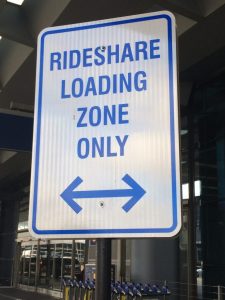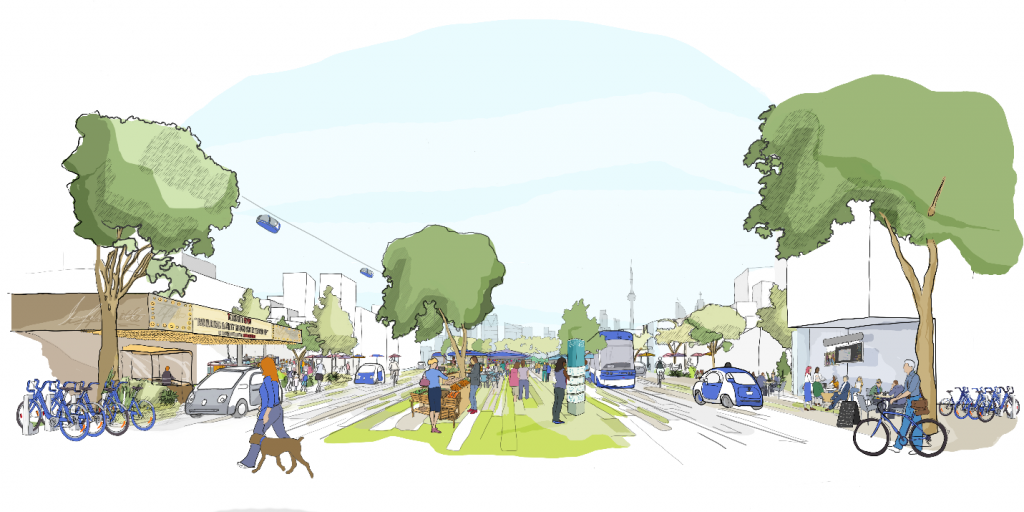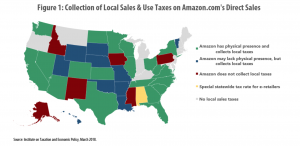
The words “Arizona” and “autonomous vehicles” are quickly becoming synonymous it would seem. The newest headline is that Chandler, AZ may become the first U.S. city to amend its zoning code in anticipation of self-driving cars. City planning staff in Chandler have submitted a list of recommended zoning amendments to the Planning and Zoning Commission, which, if adopted, would go into effect June 9. The proposed amendments would allow for minimum parking requirements to be reduced by up to 40% in exchange for the inclusion of passenger loading zones. One passenger loading zone could warrant a 10% reduction in parking, with a cap at 40% and controlling for building square footage. (A complete list of the proposed amendments is available here. Interesting and worth a look!) Planning staff have outlined two primary objectives: 1) allow for more flexibility in parking minimums as demand for parking changes and 2) promote the creation of passenger loading zones.
On the one hand, this news is encouraging—the demand for parking is already changing as a result of the rise of transportation network companies like Lyft and Uber and self-driving cars are anticipated to have further impacts on parking demand—and it is important that planners take these changes into account. Parking is expensive to build and drives up the cost of development. (See Don Shoup for comprehensive research on the high costs of parking minimums.) Making parking minimums more flexible could have lots of positive impacts, such as reducing the cost of developing multifamily housing. Encouraging the development of passenger loading zones also seems like a good idea—by this point, many of us have probably found ourselves stuck behind a TNC driver who is double parked awaiting a passenger…or we’ve been that passenger/driver ourselves. However, these proposed amendments bring up a whole host of questions that are worth considering. For starters, do we want each building to have its own passenger loading zone? How might that impact urban design? Or would we prefer that there be shared passenger loading zones for several developments or perhaps a whole block? And what about the possible impacts on congestion as cars spill out into the road while they wait their turn to enter passenger loading zones for popular destinations? Will that encourage the widening of roads to ensure that travel lanes are consistently moving, and if so, is that what we really want? Indeed, there are so many questions to consider and as of yet, so few answers.


